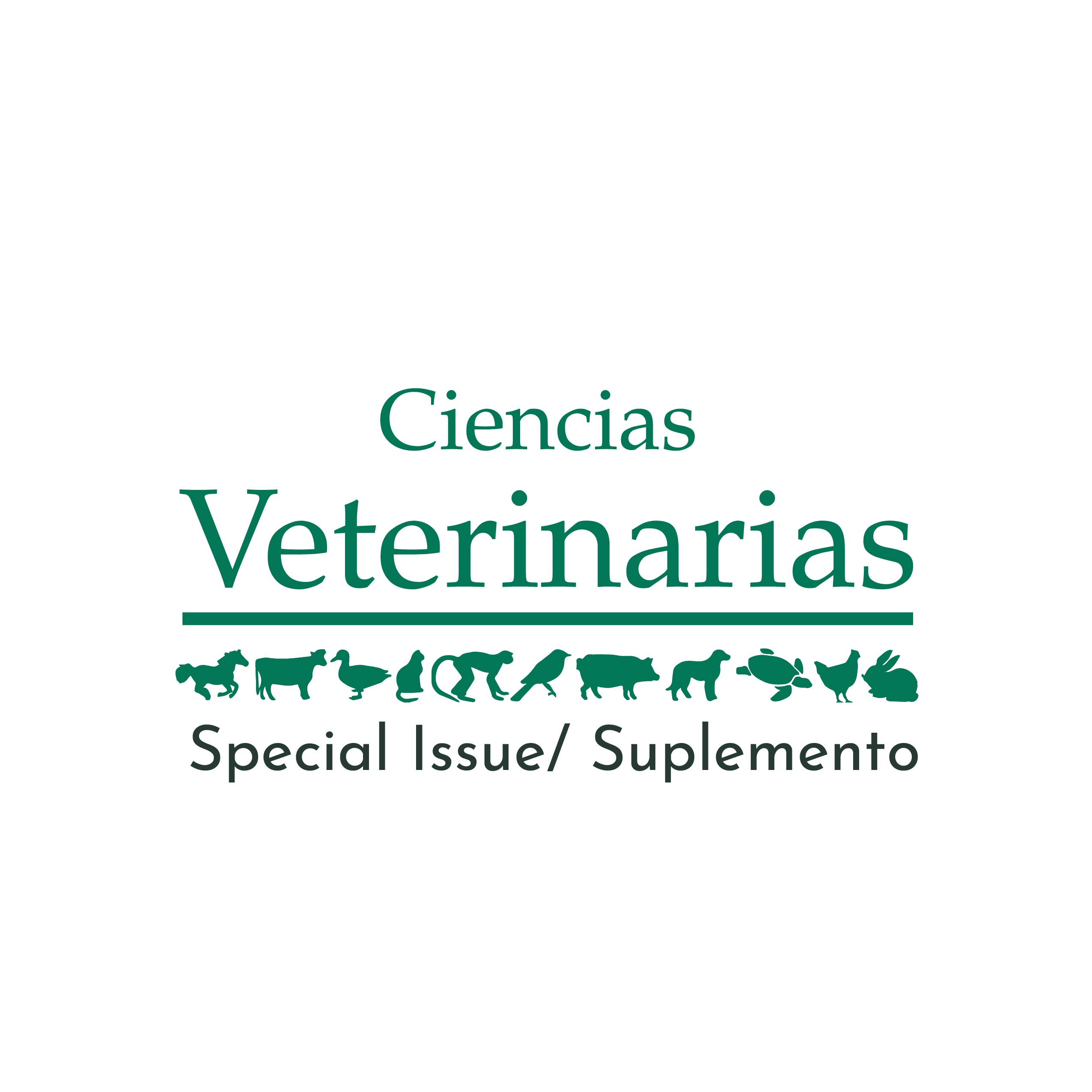El caballo como modelo para la investigación ortopédica traslacional: Ejemplos de estudios sobre la regeneración de cartílago y hueso conducidos en Costa Rica
DOI:
https://doi.org/10.15359/rcv.37-3.2Resumen
The paper provides results published or to be published of long-term in vivo equine studies to evaluate techniques of possible regenerative matrices of cartilage and bone, by means of cell-free implants or stimulation of the bone marrow. From the fixation techniques analyzed, it can be concluded that the best alternatives are the pressure technique for subchondral defects and a novel hydrogel with self-adhesive capacity for chondral defects.
The equine coxal tuberosity was used for the first time as a model for regeneration studies of bone defects, analyzing scaffolds based on tricalcium phosphate, polymers and nanoparticles, by means of 3-D printing. Osteoconductivity, osteoinductivity, and the importance of microporosity were documented.
Given that decellularized materials do not always give significant desired results in the regeneration of cartilage, it is important to conduct long-term studies. The technique of nanofracture and a novel self-adhesive hydrogel in the knee of the equine showed promising preliminary results in the regeneration of cartilage.
The knee and the coxal tuberosity of the horse represent models of studying cartilage and bone regeneration in a true translational sense as a source of highly valuable information for clinical studies, for both horses and humans.
Referencias
Mancini I.A.D., Vindas, R.A., Brommer, H., Castilho, M., Ribeiro, A., van Loon, J.P.A.M., Mensinga, A., van Rijen, M.H.P., Malda, J. & van Weeren, P.R. 2017. Fixation of hydrogel constructs for cartilage repair in the equine model: a challenging issue. Tiss. Eng. Part C. Methods 8(11): 804-814. DOI: 10.1089/ten.TEC.2017.0200.
Vindas-Bolaños, R.A., Cokelaere, S.M., Estrada McDermott, J.M., Benders, K., E.M., Gbureck, U., Plomp, S.G.M., Weinans, H., Groll, J., van Weeren, P.R., Malda, J., 2017. The use of cartilage decellularized matrix scaffold for the repair of osteochondral defects: the importance of long-term studies in large animal model. Osteoarthritis and Cartilage 25: 413-420. DOI.org/10.1016/j.joca.2016.08.005
Vindas-Bolaños, R.A. 2019. PhD diss. Cell-free regenerative medicine (RM) strategies for cartilage and bone put to the test in the challenging equine in vivo model. Utrecht University, Netherlands.
Descargas
Publicado
Cómo citar
Número
Sección
Licencia
Licenciamiento de los artículos
Todo artículo se publicará con una licencia:

Licencia Creative Commons Atribución-NoComercial-SinDerivadas 3.0 Costa Rica.
El acceso a esta revista es gratuito, solo se debe citar en forma completa el artículo y la revista.
Los derechos de propiedad intelectual son del autor. Una vez aceptado el artículo para su publicación el autor cede a la Revista los derechos de reproducción.
La Revista de Ciencias Veterinarias autoriza la impresión de artículos y fotocopias para uso personal. También, se promueve el uso para fines educacionales. Especialmente: instituciones podrán crear enlaces a artículos específicos que se encuentren en el servidor de la revista a fin de conformar paquetes de cursos, seminarios o como material de instrucción.
El autor puede colocar una copia de la versión definitiva en su servidor aunque se recomienda que mantenga un enlace al servidor de la revista donde está el artículo original.
Las violaciones de propiedad intelectual recaen sobre quien la realizó. No es responsable la empresa o institución que da acceso a los contenidos, ya sea porque actúa sólo como transmisora de información (por ejemplo, proveedores de acceso a Internet) o porque ofrece servicios públicos de servidores.







